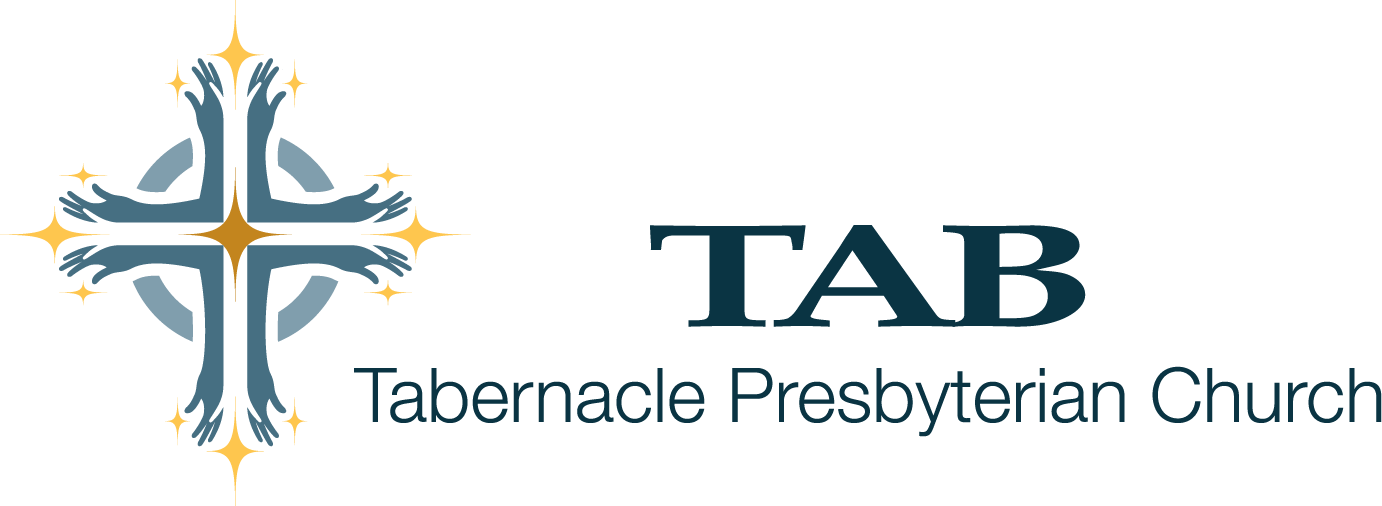Tabernacle Presbyterian Church, located at the corner of 34th Street and Central Avenue in Indianapolis, Indiana, is a modified fifteenth-century Gothic-style church erected in 1921 and completed in 1929. The plan of the church is cruciform, the transepts and galleries representing the arms of the cross and the chancel representing the head of the cross. Characterized by the pointed arch motif, hammer beam trusses, carved woodwork, stained glass windows and verticality, it stands as one of the finest examples of this style architecture in America. The exterior of the building is of Indiana limestone and encloses over 53,000 square feet of floor space.
It was no mistake that Building Committee of Tabernacle Presbyterian Church would select the Gothic style as the mode of their new church home. The early board minutes reveal that the congregation strove to build a “churchly church.” In their eyes the Gothic-style was much more spiritual and emotional than more administratively-oriented styles of architecture.
It was also no mistake or guess work when the board selected Corbusier and Daggett to be the architects for the project. Both were schooled in Paris and Corbusier had essentially devoted himself to the design of church structures. He was considered an authority on the Gothic style and was widely respected for his masterful command of tracery (the delicate stone carvings that are found in the stained glass windows of the church). Corbusier and Daggett created a masterful and “churchly” home for the congregation. It became, and still is, a symbol of spiritual life in the neighborhood and the city.
Stained Glass Windows
Sanctuary Windows
Tap here for a map of the sanctuary windows.
In 1924 the chancel window of the sanctuary was given by Mr. Edgar H. Evans in memory of his mother, Mrs. Mary Jane Robertson Evans. The window in undoubtedly one of the finest examples of medieval-style stained glass in the country. It contains about twenty thousand pieces of glass, each hand-glazed and assembled, representing the Lordship of Jesus Christ. In the center is the figure of Christ, bearing the marks of His passion. The figure is symbolic of the Judge, Teacher and Savior of all. In the medallions surrounding the main figure are depicted scenes leading up to and following the crucifixion, the resurrection and the ascension.
In 1953 a campaign began to replace the remaining plain glass windows of the sanctuary with beautiful stained glass windows. The Willet Company of Philadelphia was chosen, a plan proposed and costs established for all of the sanctuary windows. The first window installed was the Dunkel Memorial window, which was given by the congregation and depicts the Great Commission of Christ at the rear of the sanctuary. The other beautiful medieval-style windows throughout the sanctuary depict the life of Christ, the Old Testament Prophets, the Apostles, Old Testament patriarchs and matriarchs, the parables of Christ, and figures of the New Testament. They are one of the few installations in the country where a completely coordinated series of bible stories have been compiled.
McKee Chapel Windows
McKee Chapel was enhanced in 1980 with a gift of stained glass windows, given by members of the McKee family, Helen and Myron McKee. The eight two-lancet panels depict the great “I Am’s” and were created by the Willet Stained Glass Company of Philadelphia.
Beginning in the southeast corner and working clockwise around McKee Chapel:
“I am Alpha and Omega” (Revelation 1:8; 1:11; 21:6; 22:13)
“ I am come not to destroy but to fulfill” (Matthew 5:17)
“ I came forth from the Father and am come into the world (John 16:28)
“ I am come in my Father’s name” (John 5:43)
“ I am the Way, the Truth and the Life” (John 14:6)
“ I am the Son of God” (Matthew 27:43; John 10:36)
“ I am the One that bears witness of myself” (John 8:18)
“ I am Master and Lord” (John 13:13)
“ I am the door” (John 10:7, 9)
“ I am the Light of the world” (John 8:12; 9:15)
“ I am He . . . the Messiah” (John 4:26)
“ I am the Bread of Life” (John 6:48)
“ I am the resurrection (John 11:25)
“ I am . . . the Life” (John 11:25)
“ I am the vine, you are the branches” (John 15:5)
“ I am alive forevermore” (Revelation 1:18)
